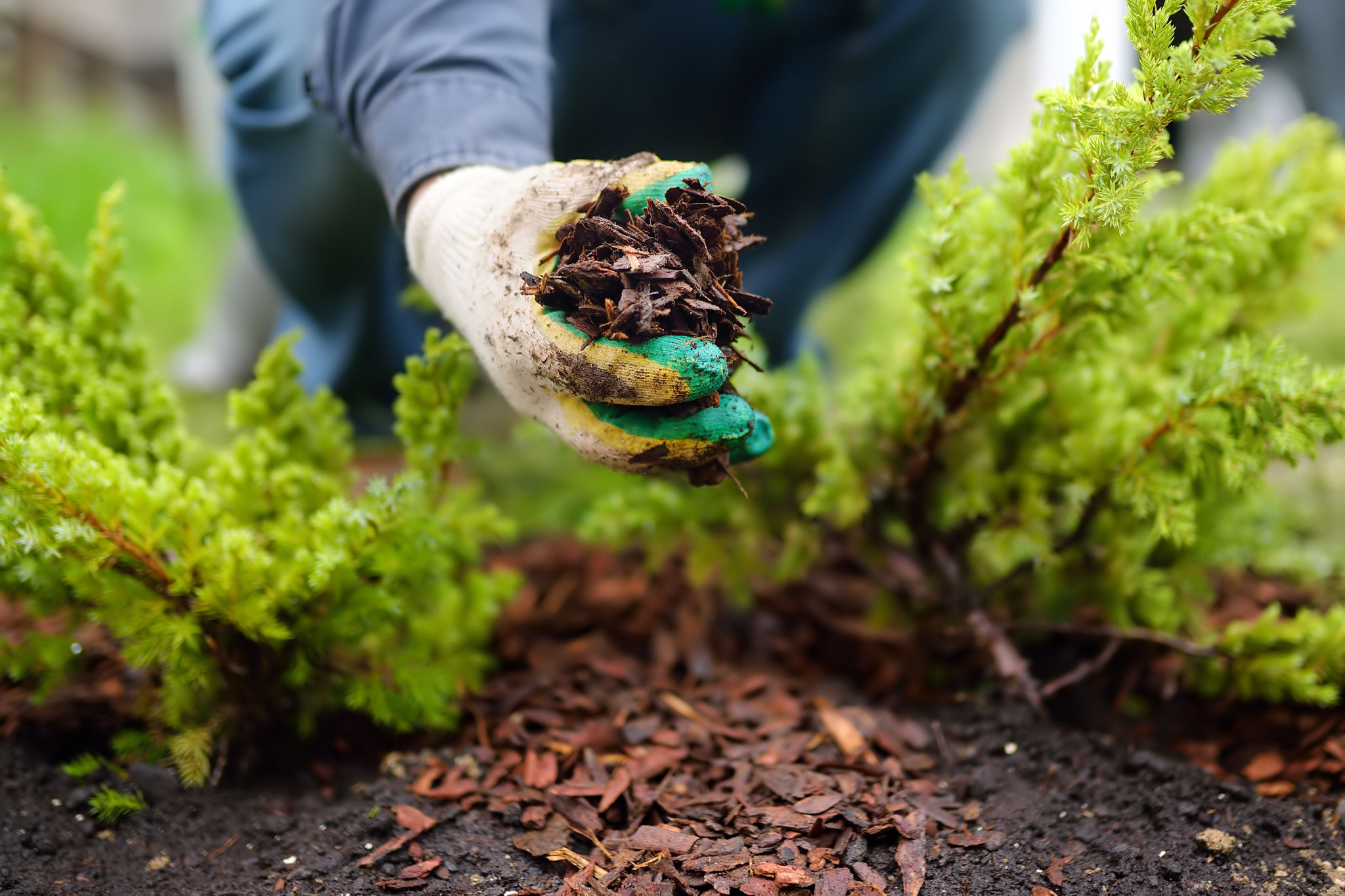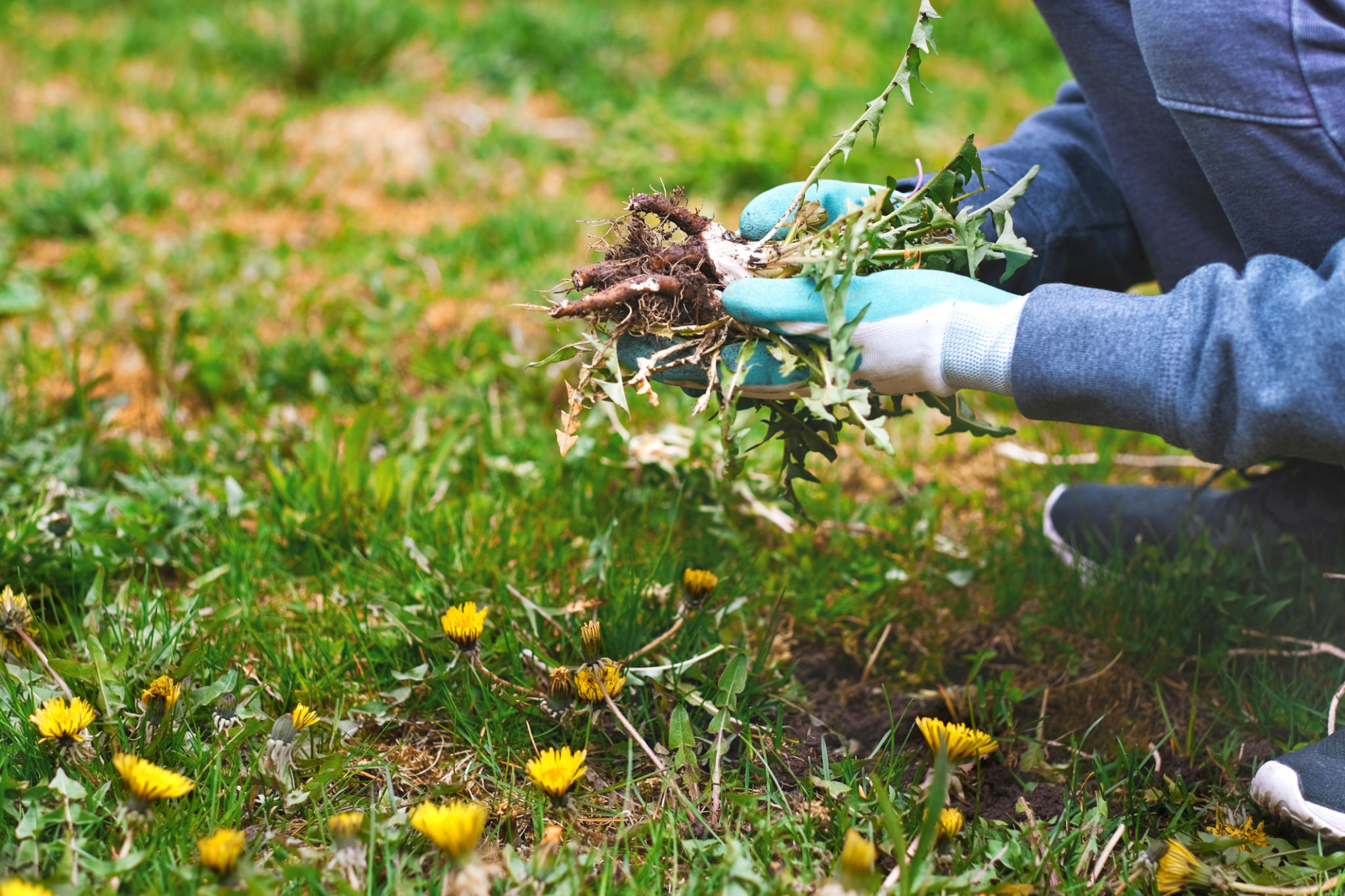DIY Landscaping: How to Create a Drought-Resistant Garden
MA
Understanding Drought-Resistant Gardening
As climate change continues to impact weather patterns, many regions are experiencing prolonged dry spells. This makes it essential for gardeners to adopt drought-resistant landscaping techniques. Creating a garden that requires minimal water not only conserves a valuable resource but also reduces the time and effort spent on maintenance.
Drought-resistant gardens are designed to cope with limited water availability. By choosing the right plants, utilizing efficient irrigation methods, and incorporating smart landscaping techniques, you can create a beautiful and sustainable garden that thrives even in dry conditions.

Choosing the Right Plants
The key to a successful drought-resistant garden is selecting plants that are naturally adapted to thrive in dry conditions. Native plants are often the best choice as they are already accustomed to the local climate and soil conditions. Consider incorporating a mix of perennials, succulents, and ornamental grasses, which are known for their water-saving properties.
Some popular drought-resistant plants include lavender, yarrow, sedum, and agave. These plants not only withstand dry spells but also add vibrant colors and textures to your landscape. When choosing plants, look for those labeled as "drought-tolerant" or "xeric," as these are specifically bred to withstand low-water conditions.
Grouping Plants by Water Needs
A helpful strategy in designing your garden is to group plants with similar water needs together. This practice, known as hydrozoning, ensures that each plant receives the appropriate amount of water without overwatering or underwatering. It also simplifies your irrigation efforts by allowing you to customize watering schedules for each zone.

Efficient Irrigation Techniques
Implementing efficient irrigation techniques is crucial for maintaining a drought-resistant garden. Drip irrigation systems are highly effective as they deliver water directly to the plant roots, minimizing evaporation and reducing waste. Soaker hoses are another great option for evenly distributing moisture across your garden beds.
Consider investing in a smart irrigation controller, which uses weather data and soil moisture levels to optimize watering schedules. This technology ensures your garden receives just the right amount of water, reducing both water usage and your utility bills.
Mulching for Moisture Retention
Mulching is a simple yet effective way to retain soil moisture and regulate temperature in your garden. By applying a layer of organic mulch, such as wood chips or bark, you can significantly reduce water evaporation from the soil surface. Mulch also suppresses weed growth, further conserving water by minimizing competition for resources.

Designing with Hardscaping Elements
Incorporating hardscaping elements like stones, gravel, or decorative rocks can enhance the aesthetic appeal of your garden while reducing water needs. These features not only add texture and structure but also help control erosion and improve drainage. Paths and patios made from permeable materials allow rainwater to seep into the ground, replenishing soil moisture naturally.
Consider creating focal points with drought-tolerant features such as dry riverbeds or rock gardens. These elements not only conserve water but also provide a serene and low-maintenance landscape that complements your drought-resistant plants.
Regular Maintenance for Sustainability
Even a drought-resistant garden requires regular maintenance to ensure its sustainability. Prune plants regularly to promote healthy growth and remove any dead or diseased foliage. Monitor your irrigation system for leaks or blockages and adjust watering schedules as needed based on seasonal changes.

By investing time in proper planning and maintenance, you can enjoy a lush and thriving garden that withstands the challenges of drought. Embrace these sustainable practices to create an outdoor space that's not only beautiful but also environmentally responsible.
